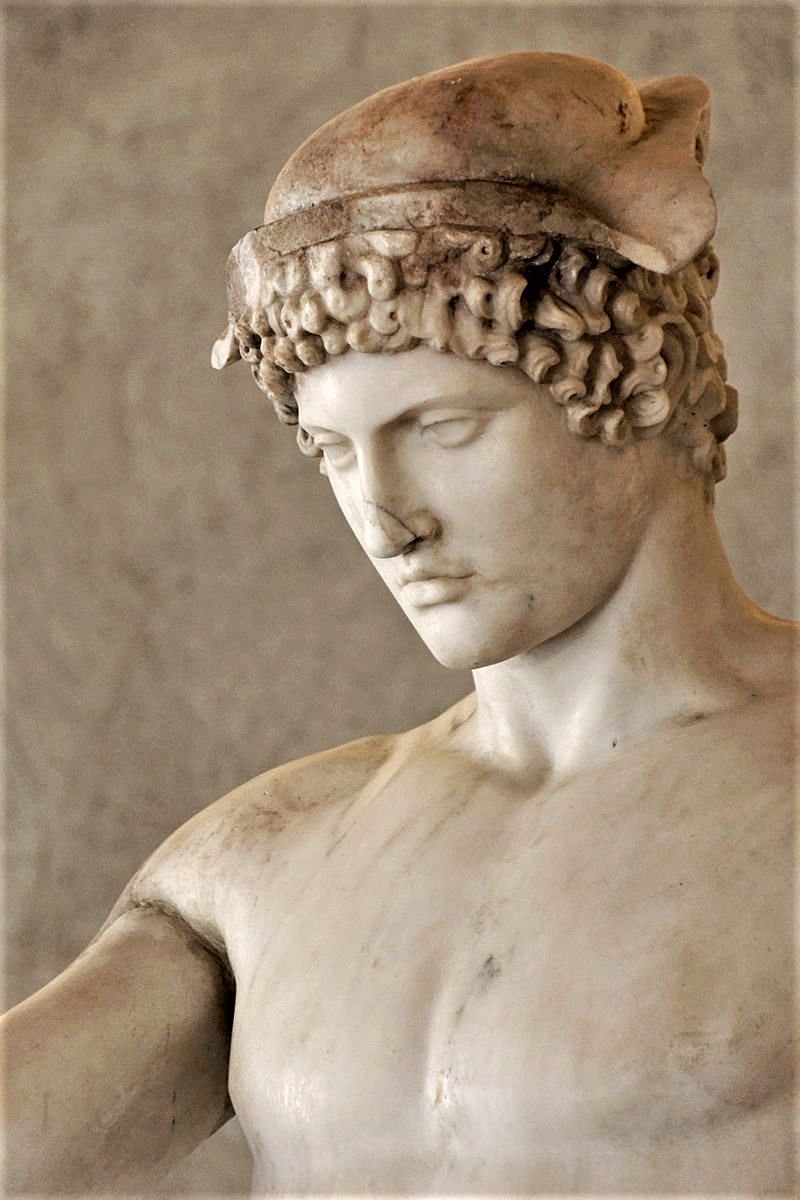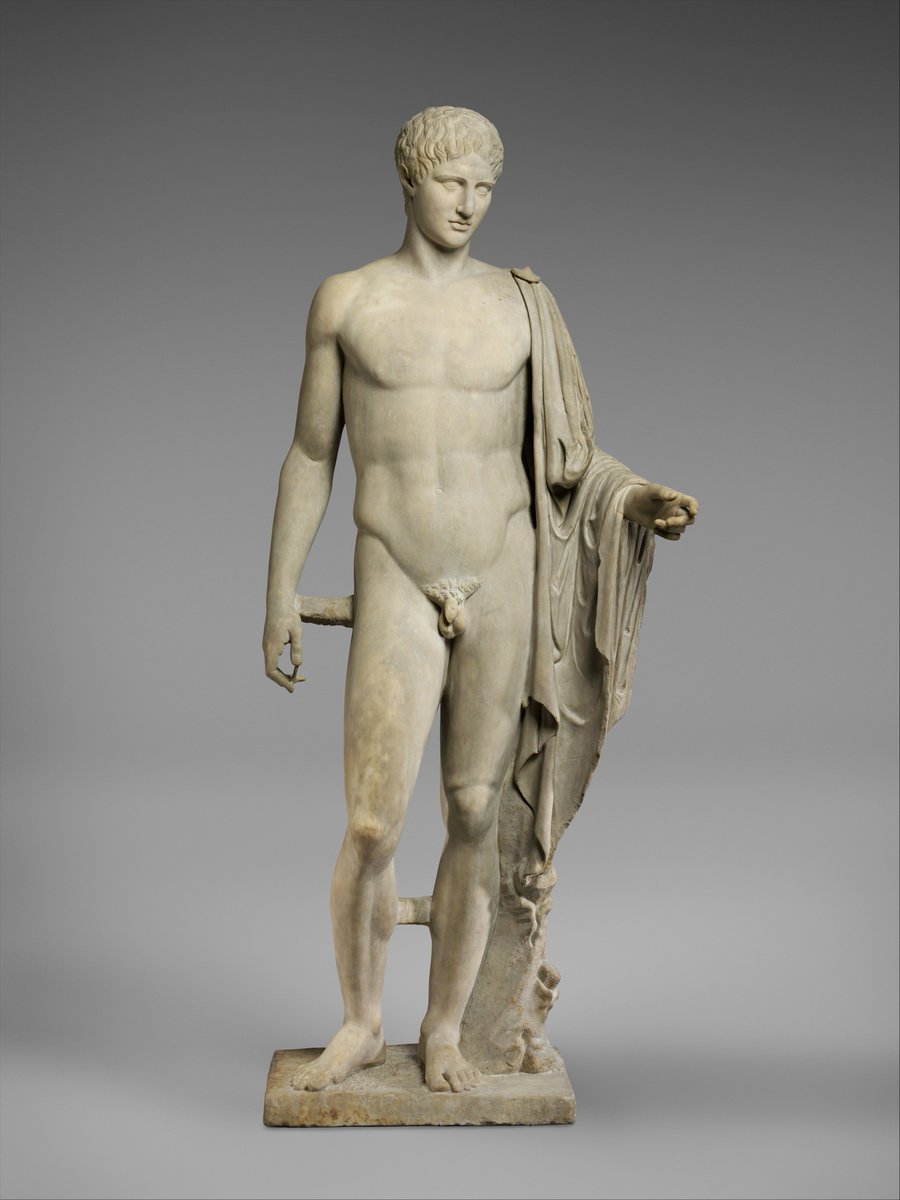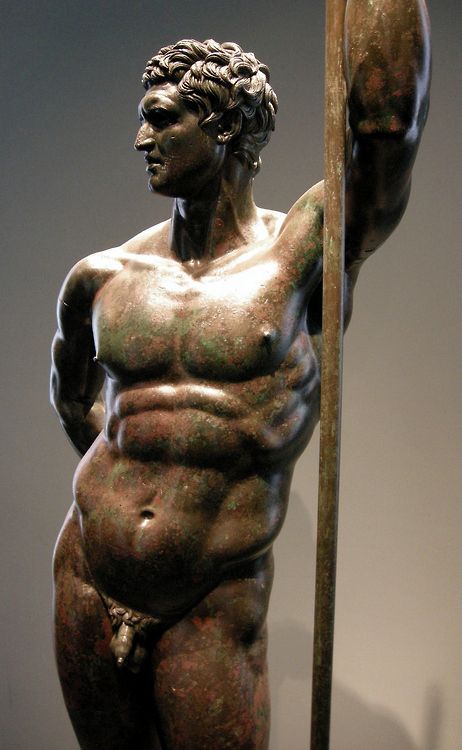
#MythologyMonday - Hermes🧚♂️📨💪
(1/8) One of the twelve Olympians and the herald of the gods, Hermes also played the role of protector of human heralds, travellers, thieves and merchants.
#Classics #ClassicsTwitter #Hermes #Greek #Myth #Gods
(1/8) One of the twelve Olympians and the herald of the gods, Hermes also played the role of protector of human heralds, travellers, thieves and merchants.
#Classics #ClassicsTwitter #Hermes #Greek #Myth #Gods

(2/8) In Greek mythology, Hermes was the son of Zeus and Maia. In reality, he appears to have emerged in Mycenaean Greece in the Late Bronze Age. His name first appears in Linear B syllabic script as "hermāhās", and he may have been adopted from Mesopotamia. 



(3/8) Beyond his role as messenger, Hermes was also able to freely move between the realms of mortals and the divine. As such, he also played the role of psychopomp, or "soul guide", directing the souls of the dead into Hades. 



(4/8) In his iconography, Hermes was sometimes depicted as an athletic young man without a beard. He was also often seen as nude, save for a petasos, or voyager's cloak and the caduceus, a herald's wand entwined by two serpents. A winged helmet and sandals were also common. 



(5/8) Hermes was widely worshipped across the Greek world due to his association with death, athleticism and oratory. The province of Arcadia was a focus for his worship, however, with the only three known temples specifically dedicated to Hermes located there. 



(6/8) Hermes, like much of the Greek pantheon, was also imported to the #Roman world in the guise of Mercury. Like Hermes, he fulfilled many of the same divine roles, and had temples across the Empire. In Rome, his temple was situated by the Circus Maximus. 



(7/8) Worship of Hermes was supressed by #Christians from the late 4th century onwards, but he surprisingly survived in Christian theology. Figures like Augustine believed that Hermes Trismegistus, an epithet for Hermes, was in fact a pagan prophet who predicted Christianity. 



(8/8) By the #Renaissance, theologians argued Hermes Trismegistus was in fact part of a line of #Jewish prophets, coming after Enoch and before Noah. Regardless of his revisionary role in history, Hermes remains a popular symbol for couriers and athletes alike! 



@threadreaderapp Unroll please!
• • •
Missing some Tweet in this thread? You can try to
force a refresh

































